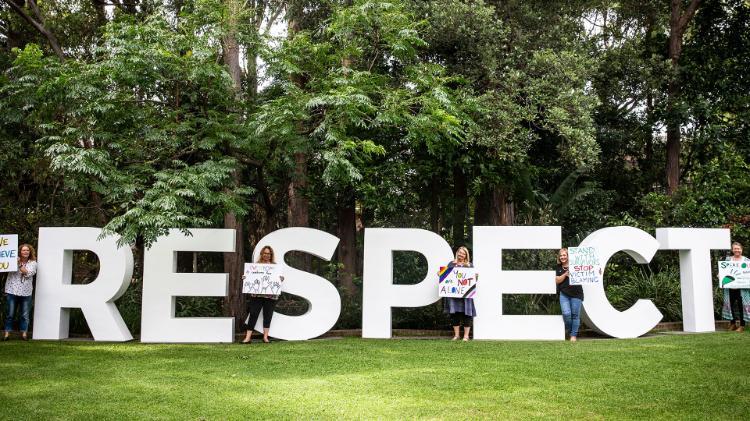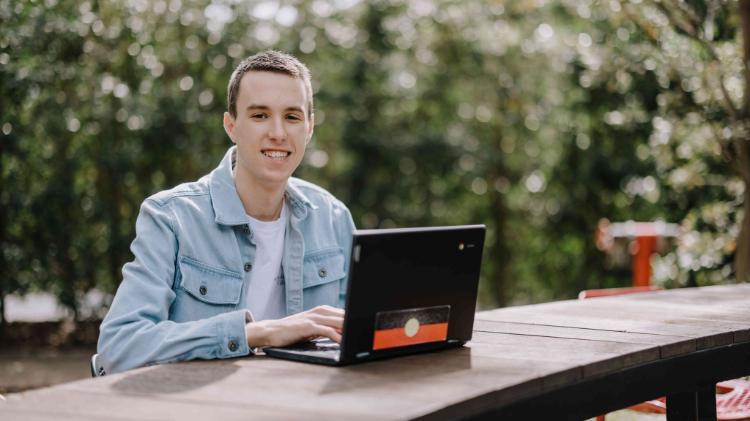Access to Student Services and support this holiday season
UOW student services and support will be limited during the upcoming holiday period from Monday, 16 December, 2024 – Monday, 6 January, 2025. If you need assistance during this time, information regarding the availability of services is available here.





